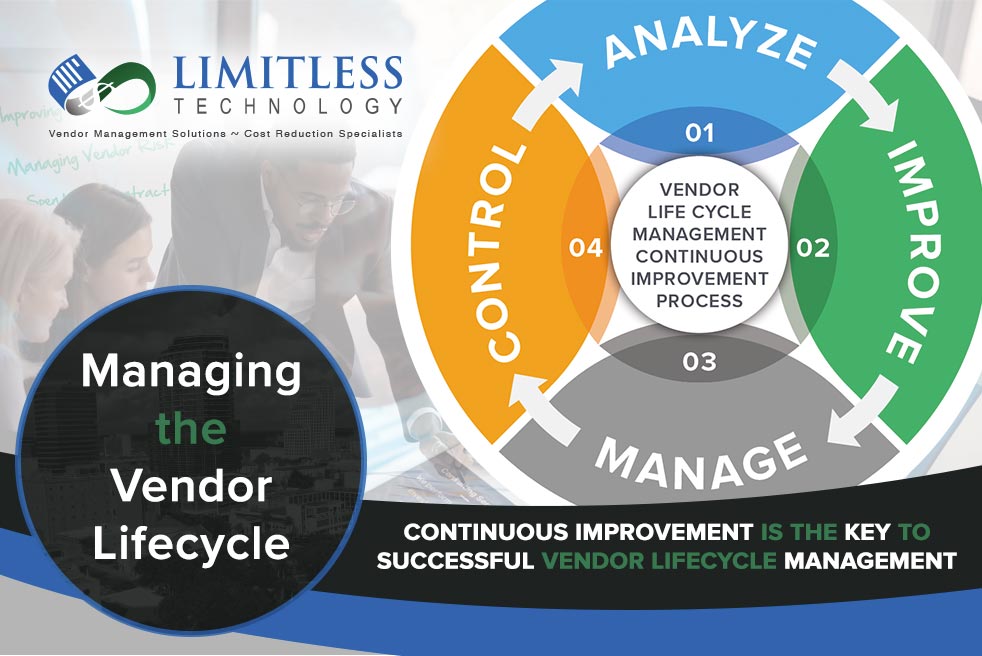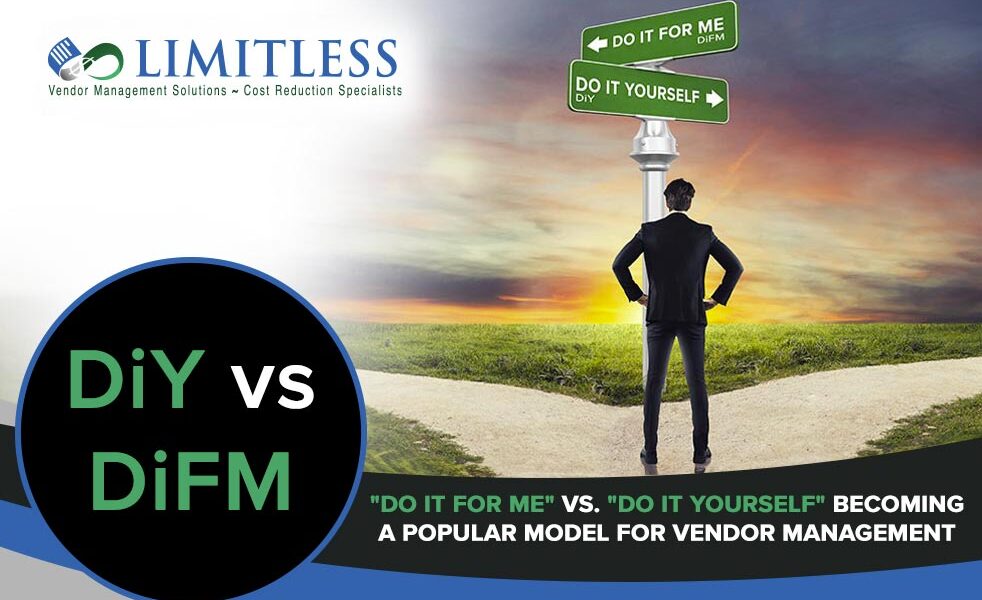A surprising number of vendor management organizations do not actively manage the vendor lifecycle. When creating vendor management policies, the clear majority of organizations’ issues arise because of poor vendor management practices.
Here are a few key things to consider to help you better manage both vendor performance and the overall vendor lifecycle.
1. ANALYZE: Collect Vendor Data, and Ensure Your Data is Accurate
Communication is key when it comes to vendor relationships. Instead of dictating a list of demands for the vendor, it’s in your best interest to meet face to face (or via video webinar) and discuss each other’s understanding of the relationship. This reciprocal conversation with your vendor will identify what they need from you, and vice-versa. An open dialogue fosters a mutual sense of trust and enables the vendor to do a great job for you.
By the same token, it is imperative that the expectations, documentation, and data submitted to a vendor management platform are as accurate as possible. If the data is not verified and reviewed when it is entered into the platform, it will not be reliable for benchmarking analysis in the future.
2. IMPROVE: Establish Routines, and Be Predictable
It may seem impossible to develop tasks and schedule that track when contract rates or terms will expire or update – and try as you might, they may change when you are not paying attention. Most vendors find it easiest to meet your expectations when rates and terms are both predictable and consistent. Notification management, consistent reviews and business update exchanges will help your business avoid any potential surprises from your vendor and mitigate future risks and costly overcharges.
The use of an outsourced document management platform, coupled with knowledgeable resources and processes can help ensure these vendor rate, term, and condition criticalities are monitored. Additionally, the appropriate personnel can be provided a notification and escalation process which ensures these critical actions are continuously monitored. These 3rd party systems and support allows your vendor management teams to better collaborate with your vendors and hold you vendors accountable to meet your specific operational and financial needs.
3. MANAGE: Create a Service Level Agreement
Businesses frequently overestimate the value of having long-term relationships with their vendors. In most cases, it is due to a lack of understanding of market rates or having the appropriate benchmark analytics to negotiate appropriately with your current vendors. And because vendors take advantage of this reality, it should come as no surprise that many vendors love to add auto-renewal clauses for that reason.
Having a service level agreement (SLA) is one method to clearly document expectations from both sides. The purpose of a simple service level agreement outlines mutually agreed-upon terms and conditions between your organization and your vendor. They clearly indicate to your vendor your intention to work with them over the life of the agreement. Your vendor can then plan their business and resources to meet your needs.
4. CONTROL: Measure Vendor Performance and Start Cycle Again
“What gets measured gets done” certainly applies when it comes to your vendor lifecycle. By establishing simple and agreed upon metrics, your company and your vendors can have a much more constructive discussion about their performance.
Most vendor metrics focus on delivery in full and on time (DIFOT) and quality control metrics. DIFOT is often measured against the agreed upon lead time and deliverables, while quality may simply measure the performance of the contracted service. These metrics are typically included in the Service Level Agreement, reported, and issues are discussed as they occur, or at a regularly scheduled performance review.
Managing on the vendor management lifecycle is a critical part of any vendor management organization. By focusing on the process, with a goal of continuous improvement, you should see improvements in efficiency, lower risk, and better compliance.
About Limitless Technology
Limitless Technology, LLC has been managing complex indirect spend and vendor documentation since 2006 for some of the largest companies in the USA saving them millions in costs.
Through our Billing Optimization and Vendor Management Solutions proprietary platforms we utilize technology, processes, expertise, time, and resources to improve our client’s bottom-line.
Limitless Technology manages your vendors, so you can manage and grow your business.
For Additional Information Contact us at:
Phone: 407.330.4466




